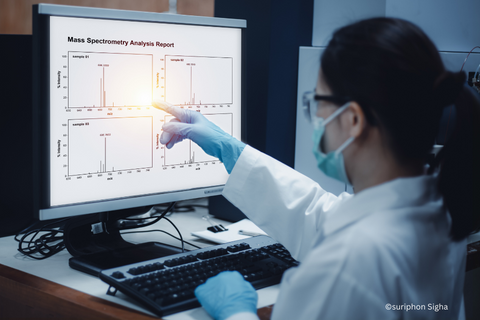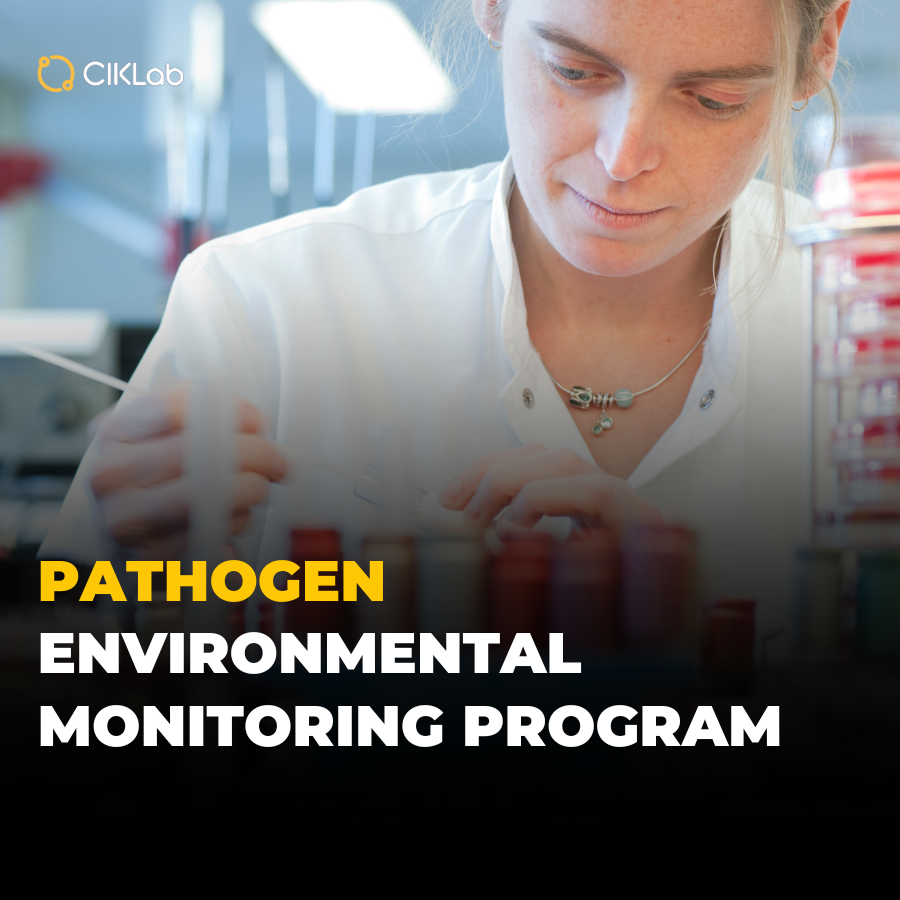Food testing is one of the final steps to ensure "proof in hand" of a product's compliance, a process (e.g.: cleaning) or the environment (e.g.: air flow control, etc.). Analyses ensure the safety, quality, and compliance of the food we consume. They encompass both chemical and microbiological analyses.
Summary:
1) What are the units commonly found on test reports?
2) Units used in food microbiology:
Many food safety analyses are entrusted and outsourced to independent laboratories, which are often accredited according to the NF EN ISO 17025 standard. The testing reports issued by these laboratories, of course, present the analysis results with a measurement unit, but some of these results can be expressed in units that are sometimes complex and not necessarily in line with regulations or professional practices
⚠️Before even the result, measurement units might be the first thing to check on an external analysis report.
The measurement unit in which your specifications are expressed might not be the one in which the laboratory provides you the results!
What are the units commonly found on test reports?
To put it simply, in the food industry, we generally find two main categories of analyses: chemical and microbiological.
Chemical analyses are complex as they cover nutritional analyses, such as protein content, as well as "ultra-trace" analyses like dioxins or heavy metals, for example.
The units can vary significantly depending on what is being analyzed
The "concentration" units used in analytical chemistry:
ppm, mg/kg (parts per million): Milligram per kilogram
Equivalent to 1 part per million (ppm), this unit is commonly used to express the concentration of a substance in a solid food, such as pesticide analyses or heavy metals.
1 ppm = 1 mg/kg = 1 mg/l = 1 μg/ml
- 1 ppm = 0.0001%
- 1 ppm = 1,000 ppb
ppb, µg/kg (parts per billion): Microgram per kilogram
Equivalent to 1 part per billion (ppb), this unit is used to express even lower concentrations, such as the results of mycotoxin analyses or Pyrrolizidine Alkaloids.
1 ppb = 1 μg/kg = 1 pg/g = 1 μg/l = 1 ng/ml- 1 ppb = 0.0000001%
- 1 ppb = 0.001 ppm
- 1 ppb = 1 ng/g
- 1 ppb = 1,000 ppt
ppt, ng/kg (parts per trillion): Nanogram per kilogram
1 trillion is equivalent to 10E12.
For instance, a concentration of 1 ppt means there is 1 unit of the substance for every 1,000,000,000,000 (one trillion) units of the medium. In the context of chemical analyses, (1 ng/kg) for solids or 1 nanogram per liter (1 ng/L) for liquids.
1 ppt = 1 ng/kg = 1 ng/l.
pg/g, (picogram per gram)
This unit of measurement is, for example, used for dioxin analyses (PCDD/F).
- 1 pg/g = 0.000001 ppm
- 1 pg/g = 0.001 ppb.
ng/g, (nanogram per gram)
This unit of measurement is, for example, used for PCBs analyses.
- 1 ng/g = 0.00001%
- 1 ng/g = 0.001 ppm
- 1 ng/g = 1 ppb.
g/kg: Gram per kilogram
Used for higher concentrations, it is equivalent to 0.1% by weight.
- 1 g/kg = 0.1%
- 1 g/kg = 1,000 ppm
- 1 g/kg = 1,000,000 ppb.
mg/100g: Milligram per 100 grams
Often used for nutritional analyses, as the result is based on a 100g food portion, it is equivalent to 10 mg/kg or 10 ppm for solids. Example: salt content.
- 1 mg/100g = 0.001%
- 1 mg/100g = 10 ppm
- 1 mg/100g = 10,000 ppb.
g/100g (% w/w) weight percentage and volume percentage (% v/v):
These units express the concentration of a substance as a percentage of the total weight or volume of the sample, as in nutritional analyses: for example, fiber or protein content.
- 1 g/100g = 1%
- 1 g/100g = 10,000 ppm
- 1 g/100g = 10,000,000 ppb.
| Unité | ppm (mg/kg) | ppb (µg/kg) | ppt (ng/kg) | mg/100g | g/100g (%) | pg/g | ng/g |
|---|---|---|---|---|---|---|---|
| ppm (mg/kg) | 1 | 1 000 | 1E+6 | 10 | 1E-4 | 1E-6 | 0,001 |
| ppb (µg/kg) | 0,001 | 1 | 1E+3 | 0,01 | 1E-7 | 0,001 | 1 |
| ppt (ng/kg) | 1E-6 | 0,001 | 1 | 1E-5 | 1E-10 | 1 | 1 000 |
| pg/g | 1E-6 | 1 | 1E+3 | 1E-5 | 1E-8 | 1 | 1 000 |
| ng/g | 0,001 | 1 000 | 1E+6 | 10 | 1E-4 | 1E+6 | 1 |
| mg/100g | 10 | 10 000 | 1E+7 | 1 | 0,01 | 1E-5 | 10 |
| g/100g (%) | 10 000 | 1E+7 | 1E+10 | 100 | 1 | 1E-8 | 0,0001 |
Units used in food microbiology:
In microbiology, measurement units are used to enumerate (quantify) or verify the presence of microorganisms.
The choice of enumeration unit depends on the type of microorganism studied, the method or technique of enumeration used, and the nature of the sample. Results are given in a volume unit (ml or L), mass (generally g), or packaging (viable germs/tablet) for probiotics.
Microbial counts in microbiology:
Often, the technique used determines the unit in which counts are expressed.
Colony Forming Unit per gram of product (CFU/g)
This is probably the most commonly used unit in microbiology. It represents the number of viable bacteria, yeasts, or molds (excluding viruses) capable of forming a colony on a culture medium relative to 1 g of the tested product.
For example, if we say a sample contains 10E6 CFU/g, it means there are one million living bacteria in each gram of that sample.
Plaque Forming Units (PFU/g)
This unit pertains to the counting of bacteriophages, indirectly and in counting, the lysis of a bacterial culture on a petri dish.
Number of viable cells (bacteria) per g or mL
This unit is particularly used with the flow cytometry technique, which distinguishes viable bacteria from dead or "damaged" bacteria. It differs from the CFU/g principle where it's assumed that a unit is formed by at least 1 bacterium, which isn't always the case.
Most Probable Number (MPN)
This method in liquid medium relies on serial dilutions and positive or negative responses based on germ growth. The famous Mc Grady table allows for a statistical estimate of the number of germs per g or mL.
Searches (detected / not detected)
Research primarily focuses on pathogenic germs such as Salmonella, Campylobacter, Escherichia coli, etc.
Detected / Not detected (/g; /10g; /25g)
In this case, the goal is not to count, but to verify the presence or absence of these germs in a volume or mass of a sample. The techniques used mainly promote the germ of interest through an enrichment medium and do not favor the presence of other germs (selective medium).
Since 2019, the terms (Absence or presence) have been officially replaced by the terms "detected" or "not detected"

💡 These articles might also interest you:
>> Which analyses are absolutely essential in food industry ?
>> Quality Control plans for the food industry, what solutions to be efficient?





